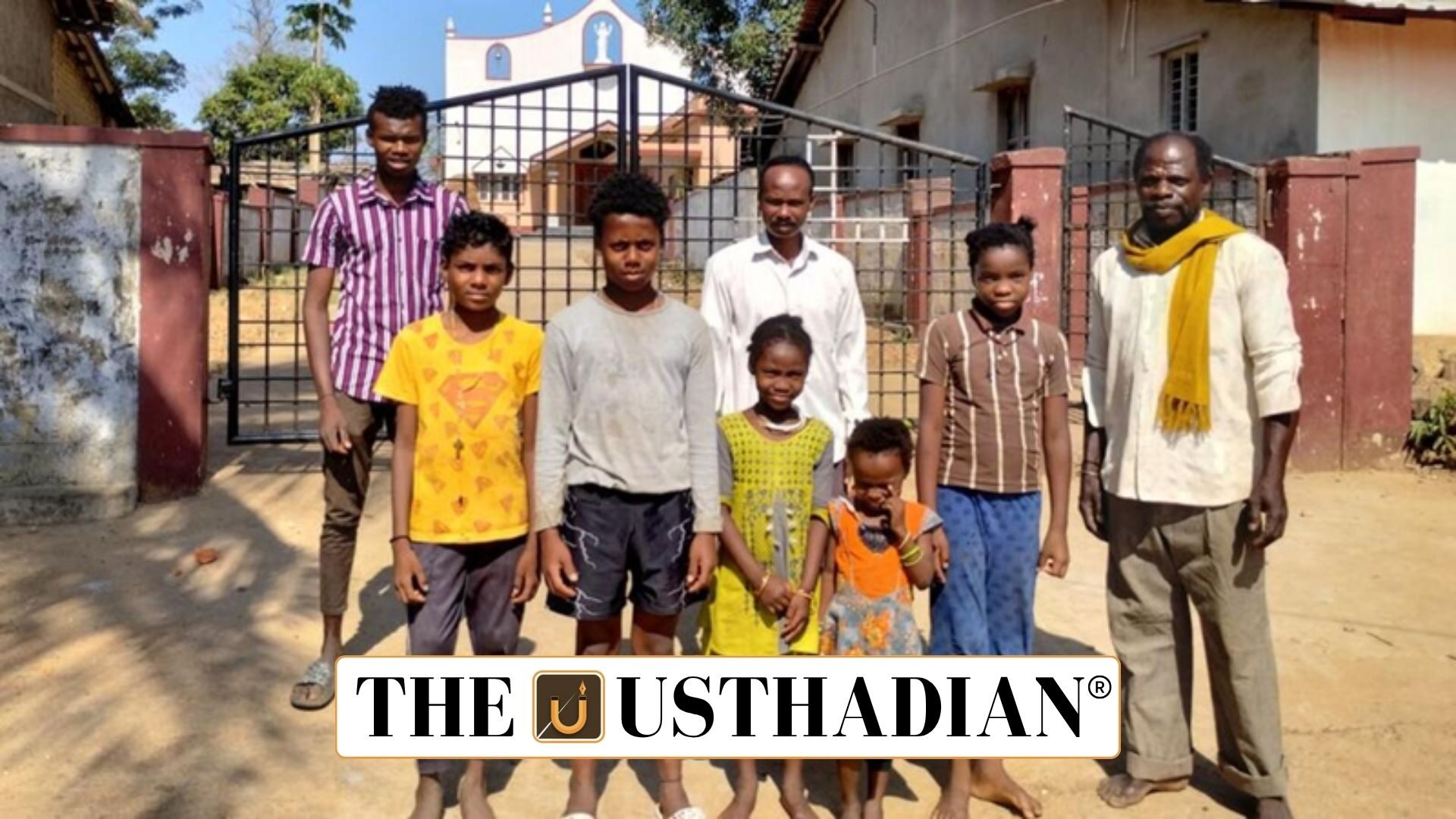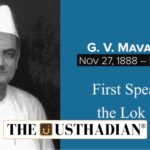Rising Literacy among the Siddis
Siddi Tribal Community Marks 72 Percent Literacy Milestone: The Siddi tribal community, a Particularly Vulnerable Tribal Group (PVTG), has achieved an impressive 72% literacy rate, a milestone recently commended by the President of India. This marks a new chapter in tribal education and inclusion, showcasing how policy interventions and local efforts can transform marginalized lives.
Origins and Identity
The Siddis trace their ancestry to the Bantu people of East Africa, who arrived in India through two major historical waves — one with Arab traders in the 7th century CE, and another during the Portuguese and British colonial periods in the 16th century. Over time, they integrated into Indian society while preserving distinctive African cultural traits.
Static GK fact: The term “Siddi” is believed to derive from the Arabic title “Sayyid,” historically used for African seafarers and soldiers in India.
Distribution and Demographics
Today, Siddis primarily reside in Gujarat (notably in Junagadh and the Gir forest region), Karnataka (especially in Uttara Kannada district), Maharashtra, and Telangana. Despite their wide presence, they form a small tribal population often concentrated in remote forest areas.
Static GK fact: India has 75 officially identified PVTGs spread across 18 states and one Union Territory.
Recognition and Legal Protection
The Government of India recognized the Siddis as a Scheduled Tribe (ST) in 2003. Their inclusion in the PVTG list grants them targeted developmental benefits under various central schemes focusing on education, livelihood, and healthcare. This recognition plays a crucial role in bridging long-standing socio-economic gaps.
Cultural Richness
The Siddis have preserved a unique blend of African and Indian cultural traditions. Their folk performances, especially the Dhamal dance and Rasda, remain integral to their identity. These art forms, characterized by rhythmic movements and drum beats, reflect their African ancestry and communal spirit.
Static GK Tip: The Dhamal dance is most famously performed during community festivals in Gujarat.
Languages and Livelihood
Siddis speak multiple regional languages, including Konkani, Urdu, and Marathi, depending on their location. Their traditional occupations revolve around agriculture, manual labor, and forest-based livelihoods. In recent years, government skill development initiatives have helped many Siddis transition to formal employment and education.
Significance of the Literacy Milestone
Reaching a 72% literacy rate marks a remarkable transformation for a community historically excluded from mainstream education. It signifies:
- Increased school enrollment among Siddi children
- Success of inclusive education schemes
- Rising participation in local governance and employment
This progress enhances their social mobility, economic stability, and integration into national development frameworks.
Static GK fact: The Ministry of Tribal Affairs implements the Development of PVTGs scheme, focusing on housing, education, and health for these communities.
Static Usthadian Current Affairs Table
Siddi Tribal Community Marks 72 Percent Literacy Milestone:
| Topic | Detail |
| Community Name | Siddi |
| Origin | Bantu people of East Africa |
| Arrival in India | 7th century (Arab traders); 16th century (Portuguese/British) |
| Tribal Status | Scheduled Tribe (2003); PVTG status under Ministry of Tribal Affairs |
| Major States | Gujarat, Karnataka, Maharashtra, Telangana |
| Languages | Konkani, Urdu, Marathi |
| Key Cultural Element | Dhamal dance, Rasda folk tradition |
| Literacy Rate | 72% (2025) |
| Central Scheme | Development of PVTGs |
| Recognition | Lauded by President of India for literacy achievement |








